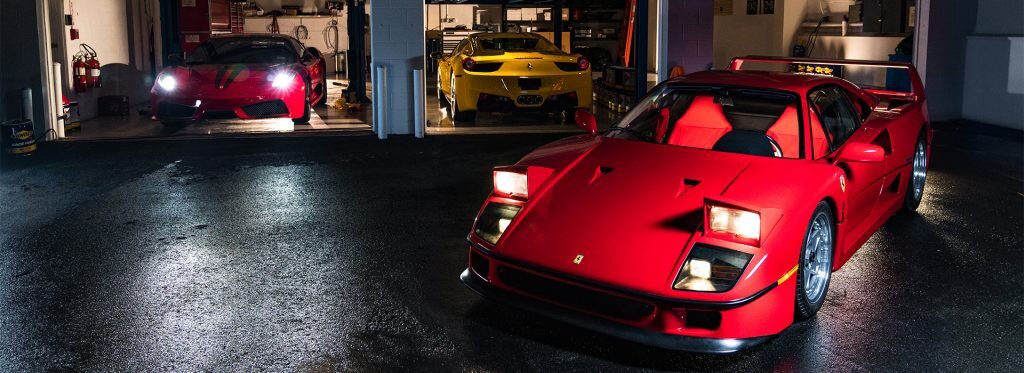2008 Porsche 997
"GT3 RS Coupe"
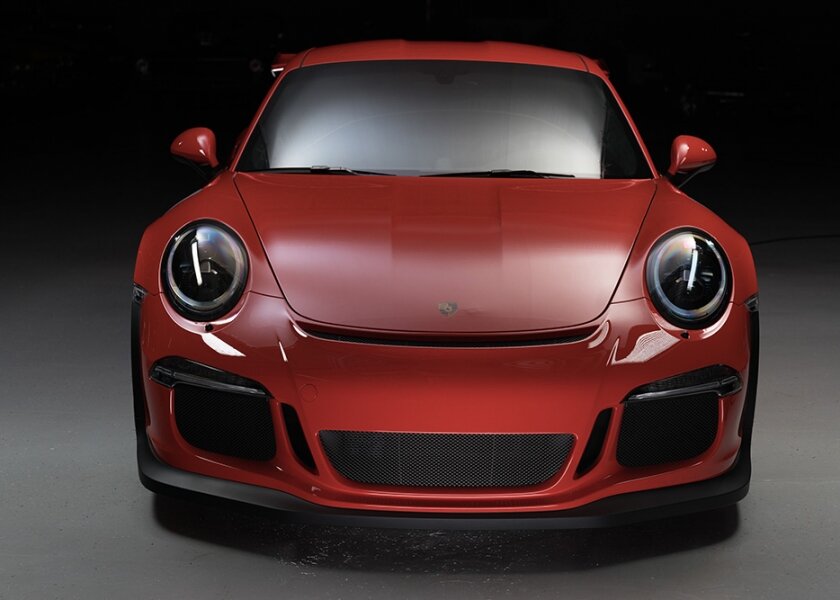
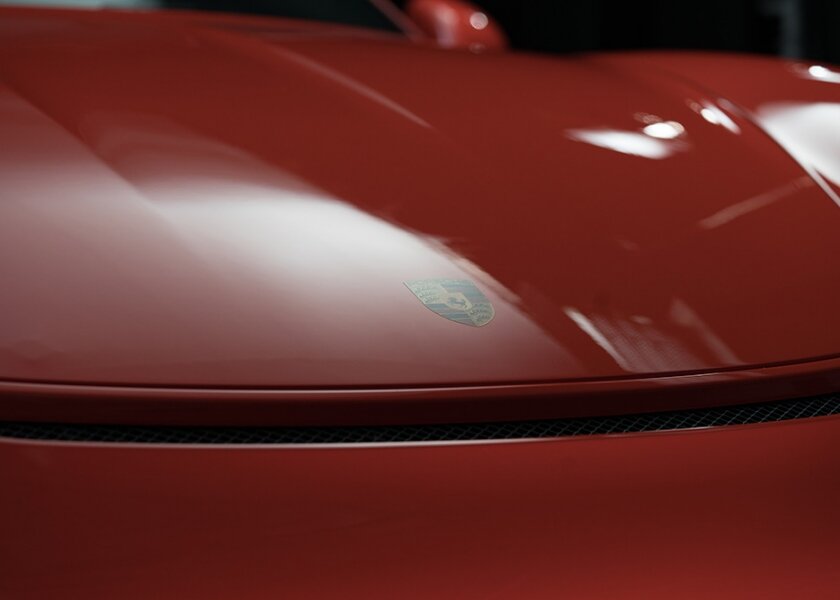
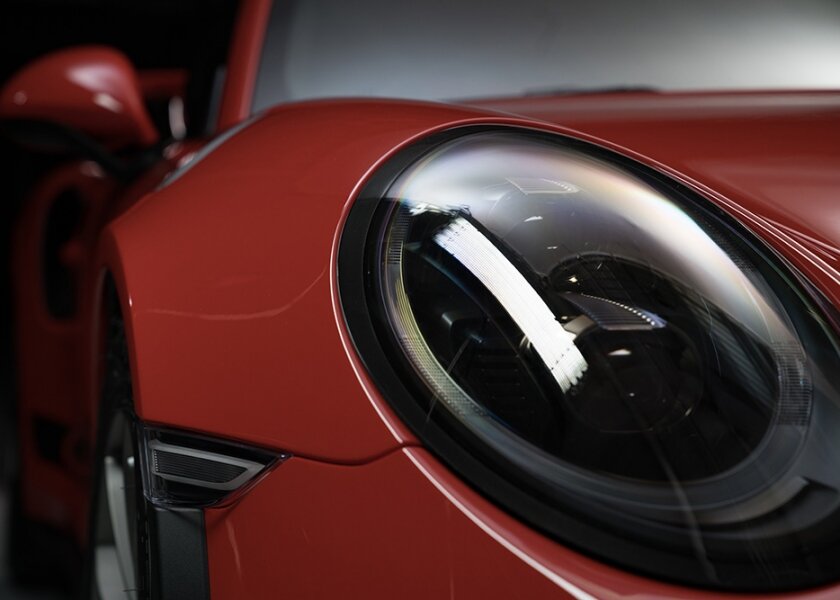
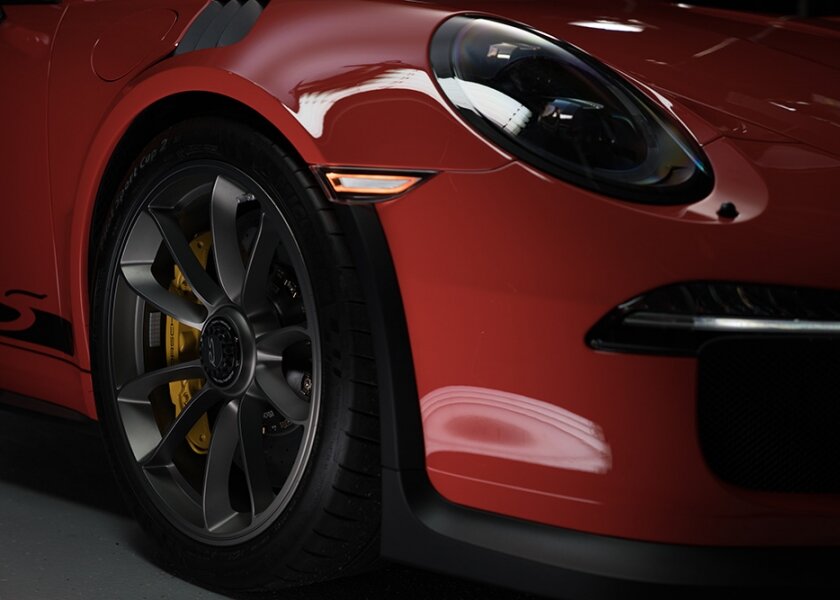


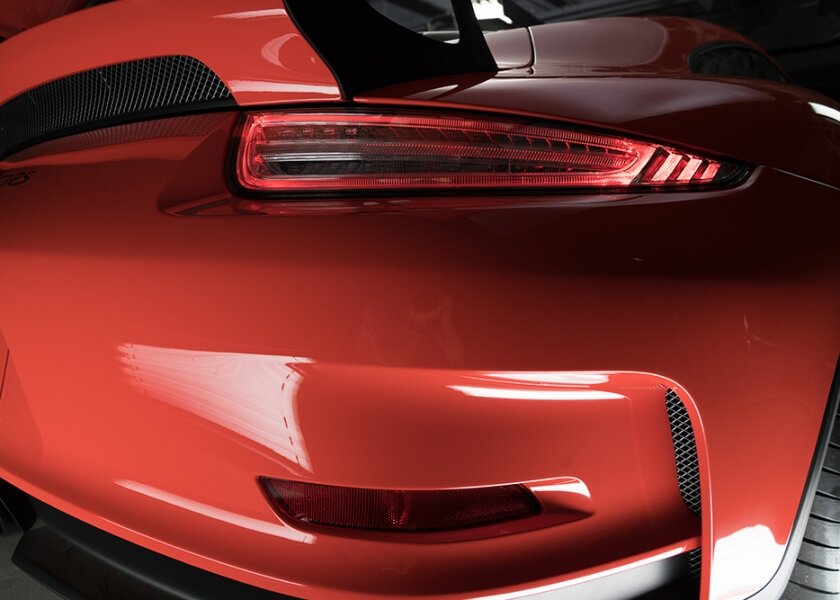
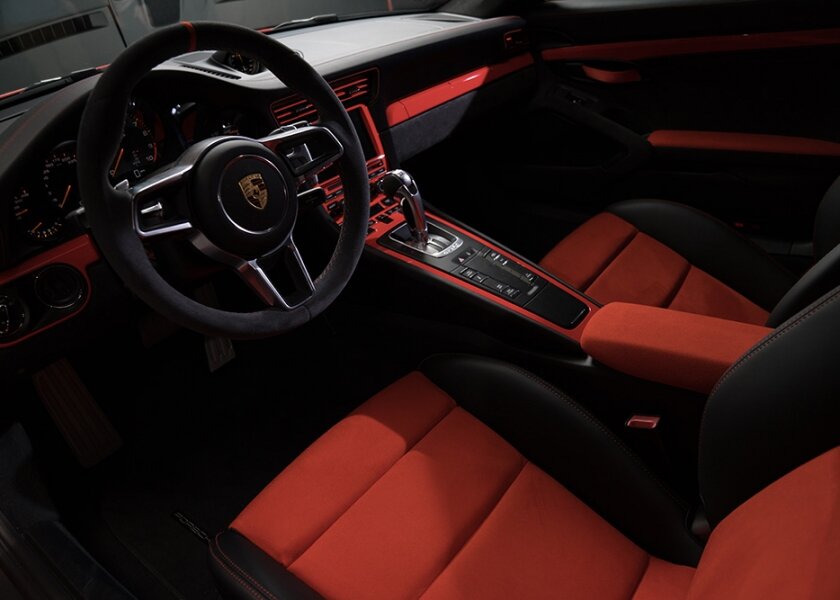
Specifications
Configuration: Longitudinal rear-engine
Engine: Naturally aspirated V6
Displacement: 220 cu. in./ 3.6L
Horsepower: 425 hp at 7,600RPM
Torque: 300 lb. ft. at 5,500RPM
Transmission: 6-speed manual
A Little History
The 911 coupe model was first debuted in 1973 as the 911 Carrera RS. Since then, the 911 has undergone many iterations, including the 996 GT3, which was first launched in 1999 as a high end version of the traditional 911, and fully intended for racing. In fact, the “GT3” moniker refers to the Fédération Internationale de l’Automobile (FIA) racing circuit in which it was designed to compete.
In the 16 years that have passed since the release of the first GT3 in 1999, it has undergone many changes and upgrades, each denoted by a new three-digit code or model type. The car on display bears a 911 body-type, but with 997 specifications. In 2003, Porsche released the GT3 RS as an even more track-focused version of the 996 GT3, with 20 more horsepower and better overall handling. The RS actually stands for “RennSport,” which translates from German to “racing sport.”
The 997 GT3, the second generation of the GT3, was released in February 2006 and began sales in spring 2007. The car currently on display is the 997 GT3 RS model, which, like its predecessor, the 996 GT3 RS, is a homologation model specifically designed for the track. Throughout its production run, only 1,909 vehicles were made, of which only 413 were sent to the US.
The Design:
As this 2008 model was designed with the intent to race, it has a few features not found on the GT3 that make it lighter, faster, and more powerful. For example, it featured the all-new “zero lift” aerodynamic package. This means that the car creates only aerodynamic downforce, and no grip-diminishing “lift.” It was the first GT3 to be equipped with the PASM suspension, which is entirely electronically adjustable. The car is also 44 pounds lighter than the regular GT3. Porsche did this by making the adjustable rear wing out of clear-coated carbon fiber, adding a plastic engine cover, instead of aluminum, and a lightweight plastic rear window cover to the European models only.
The interior roll cage was factory standard, and customizable to fit with the color scheme of the car. The interior is lined with lightweight suede to shave off the extra weight of leather upholstery. In the racing version, all electronics were removed to save even more weight, but in this model, the air conditioning, sound system, and electric seat and window adjustments remain. It also features the factory-optional GT3RS decals on the side.
On the Track:
The track variation of this car is the Porsche 997 GT3 RSR that was introduced in 2006, built through 2012, and still raced today. It shares many similarities with the GT3 RS, including the engine, suspension components, modified bodies, and aerodynamic enhancements. It was built specifically to comply with 2006 Le Mans GT2 and FIA regulations so it could compete in the Series Grand Touring circuit. Since 2006, it has participated in 388 events worldwide, including the American Le Mans Series, 24 Hours of Le Mans, 12 Hours of Sebring, and Laguna Seca, among others. It has 29 1st place overall wings, and an additional 92 class victories.
Did you know?
The orange color seen on throughout the car was a limited edition color mixed specifically for this generation of GT3 RS.
The orange Porsche right next to this car is the newest version of the GT3 RS.



